While this year’s Earth Day slogan is catchy – “Planet versus Plastics” – it’s also misguided.
The global community relies on durable, modern plastics to live better, more sustainable lives – from clean drinking water to low-carbon energy – as echoed in many of the United Nations’ Sustainable Development Goals (SDGs).
America’s Plastic Makers® are not only creating innovative, higher performing materials, we’re also working to recover, recycle and reuse more of the world’s plastic resources – so people don’t have to choose between the benefits of plastics and a cleaner planet.
SDGs and a Growing Population
Our world is experiencing an historic rise in population, along with the accompanying and burgeoning human needs: medical care, clean water, nutritious food, cleaner energy, connectivity, sustainable transportation/mobility, personal care, energy-efficient housing. All of which must be affordable.

In the developed world, these human needs are often met through the use of efficient, modern materials: plastics. As people in the developing world move from poverty into the middle class, they want the same advances as the developed world. And the UN and its signatories (including the US) have set goals to deliver these advances more sustainably.
Transition Toward Sustainability
This transition toward sustainability has begun but needs to move faster.
In addition to supplying the modern materials and products that help people live better and make the planet cleaner (more below), we ‘re also changing the way plastics are made, used and remade. We’re working hard to transition from a linear system to a circular system in the future that prevents waste and helps keep these materials in use and out of our environment.
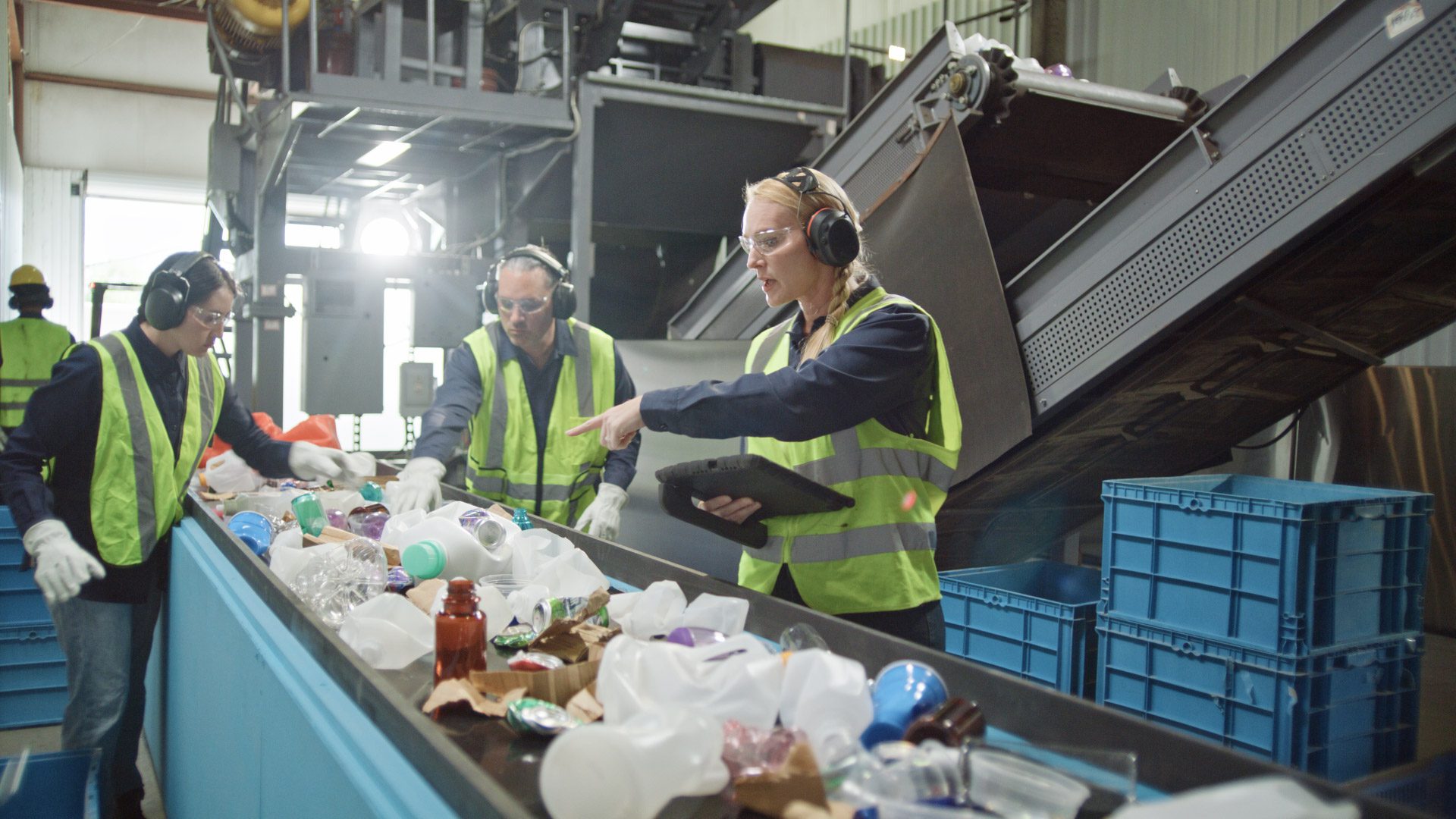
In the US, for example, innovative new technologies and expanded collection can dramatically increase the types and amounts of plastics that can be recycled, driving down the loss of these materials to landfills and the environment. This also drives down greenhouse gas emissions (GHGs). Similar approaches can work in many other parts of the world.
Plastics, Efficiency and SDGs
The ongoing evolution to plastics is occurring in large part due to the efficiency of the materials, which allows us to do more with less. Plus, these innovative materials significantly improve efficiencies in multiple sectors that are key to combatting climate change.
Let’s take a quick look at some of the UN SDGs and how the right materials can lead to more sustainable solutions.
SDG 2: Zero Hunger

Reduce Food Waste – The UN says nearly 1/3 of the world’s food is lost or wasted every year. Plastic packaging helps keep perishable foods such as meat, produce and bread fresher longer, reducing spoilage and helping curb food waste. Plus, sanitary packaging can play a critical role in helping prevent foodborne illnesses.
SDG 6: Clean Water and Sanitation
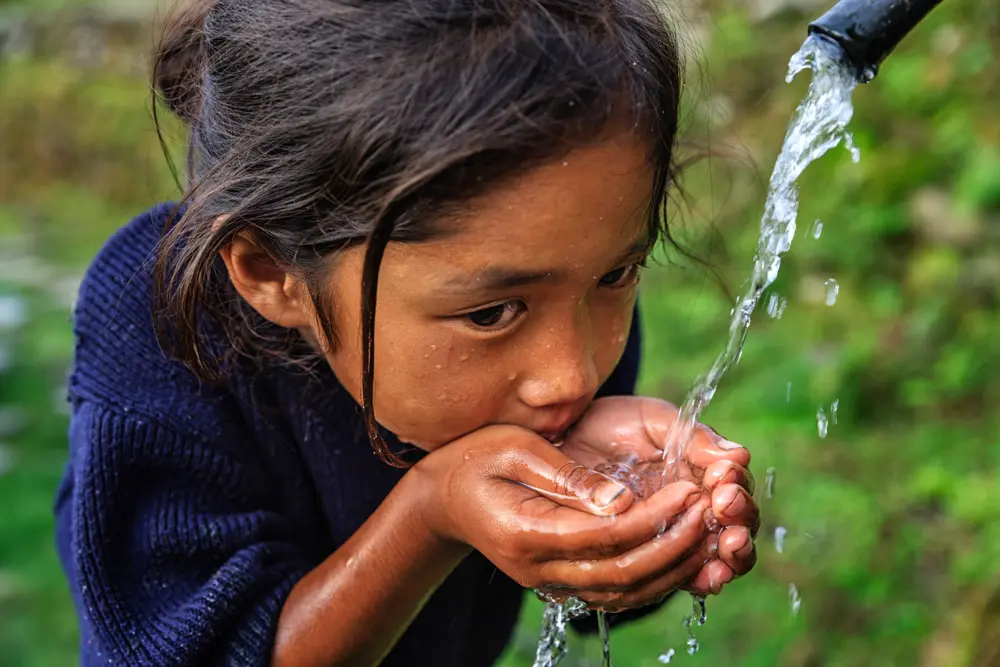
Upgrade Water Delivery and Infrastructure – The UN says 26% of the world’s population doesn’t have access to safe drinking water, and 46% lack access to basic sanitation. Modern, long-lasting plastic pipes can support new, durable water infrastructure, improve its resiliency and cut energy use. Plastic pipes typically are more economical to install and maintain and often can retrofit crumbling and rusting pipes without digging massive trenches. They can also reduce energy needs by reducing the drag of moving water through old fashioned, corroded pipes.
SDG 7: Affordable and Clean Energy
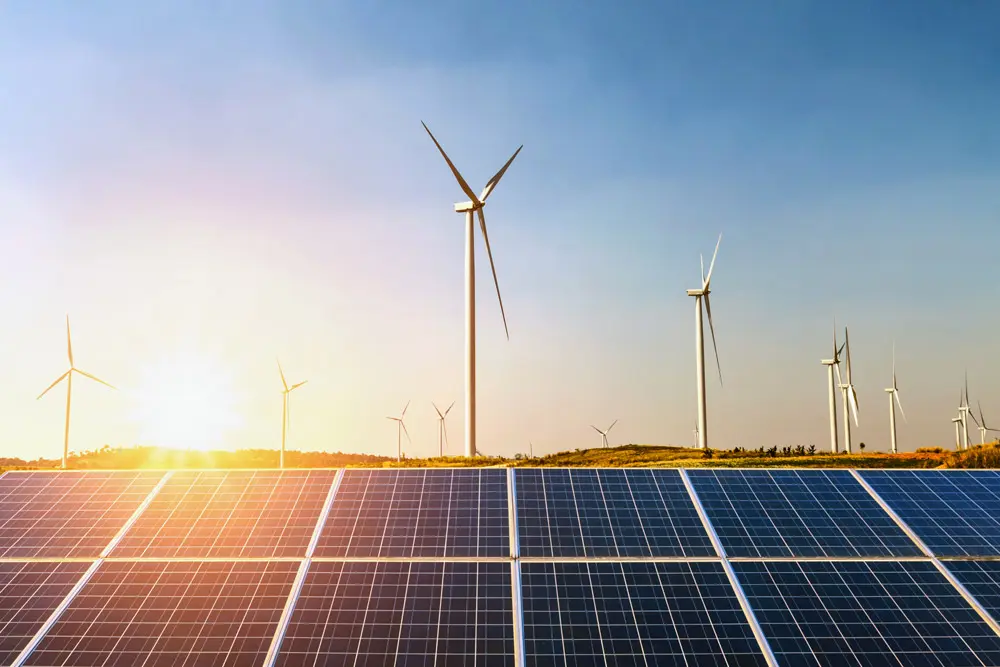
Expand Wind Energy – To expand wind power as a low-carbon energy source, we need an expanded supply of strong-yet-lightweight wind turbine blades, mostly made from various lightweight plastic composites such as carbon fiber-reinforced plastic. Engineers continue to create lighter, more efficient blades to drive down GHGs further, most of which involve modern polymer composites/plastics.
Expand Solar Energy – Plastics play a growing role in improving efficiencies and cost effectiveness of solar energy, supplying essential films/sheets that help protect glass and silicon panels from the elements, plus electrical insulators, pipes, valves and fittings. Advances in plastic solar cells could usher in more affordable, flexible, lightweight and durable solar energy panels.
Improve Electric Vehicle (EV) Batteries – Specialty plastics help protect the battery pack and guard against fire hazards from EV batteries, contributing to safety. Plus, advanced plastic-based battery separators for lithium-ion batteries can boost battery power by up to 30%, enhance temperature stability and extend EV range under a single charge.
SDG 13: Climate Action
Drive Down GHGs – Life Cycle Analyses typically find that use of plastics in consumer products and packaging can significantly reduce GHGs compared to alternatives – by about 2.5 times – primarily because strong-yet-lightweight plastics require less material to perform similar functions. This means that plastics can contribute to lowering our carbon footprint and combatting climate change.
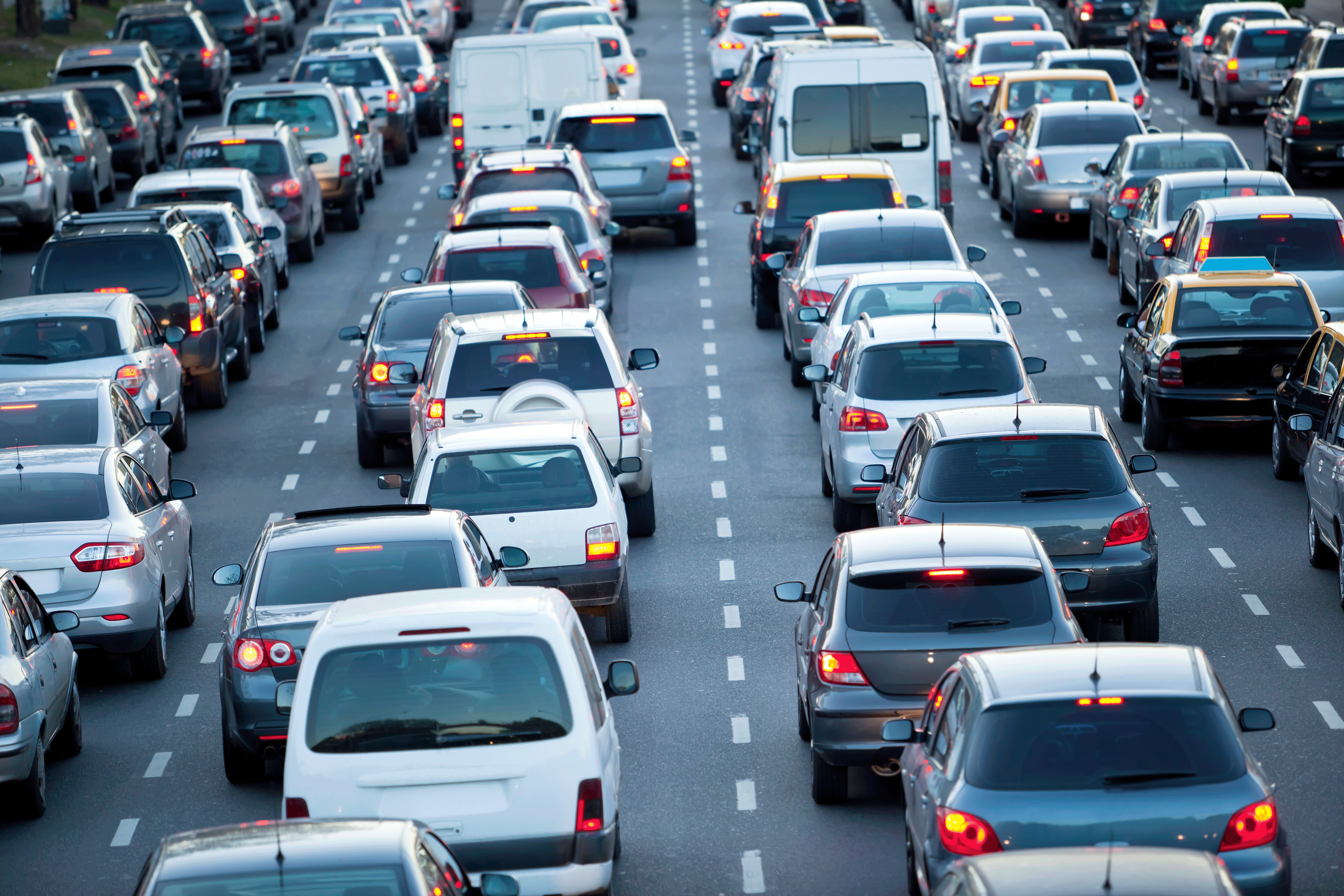
Increase Vehicle Fuel Efficiency – Carmakers use durable, lightweight plastics to decrease the weight of car parts, which reduces our fuel use and GHGs. In fact, today’s cars on average are made of about 50% plastics by volume but only 10% by weight. Light-weighting is also critical to increasing the battery range of low-carbon EVs.
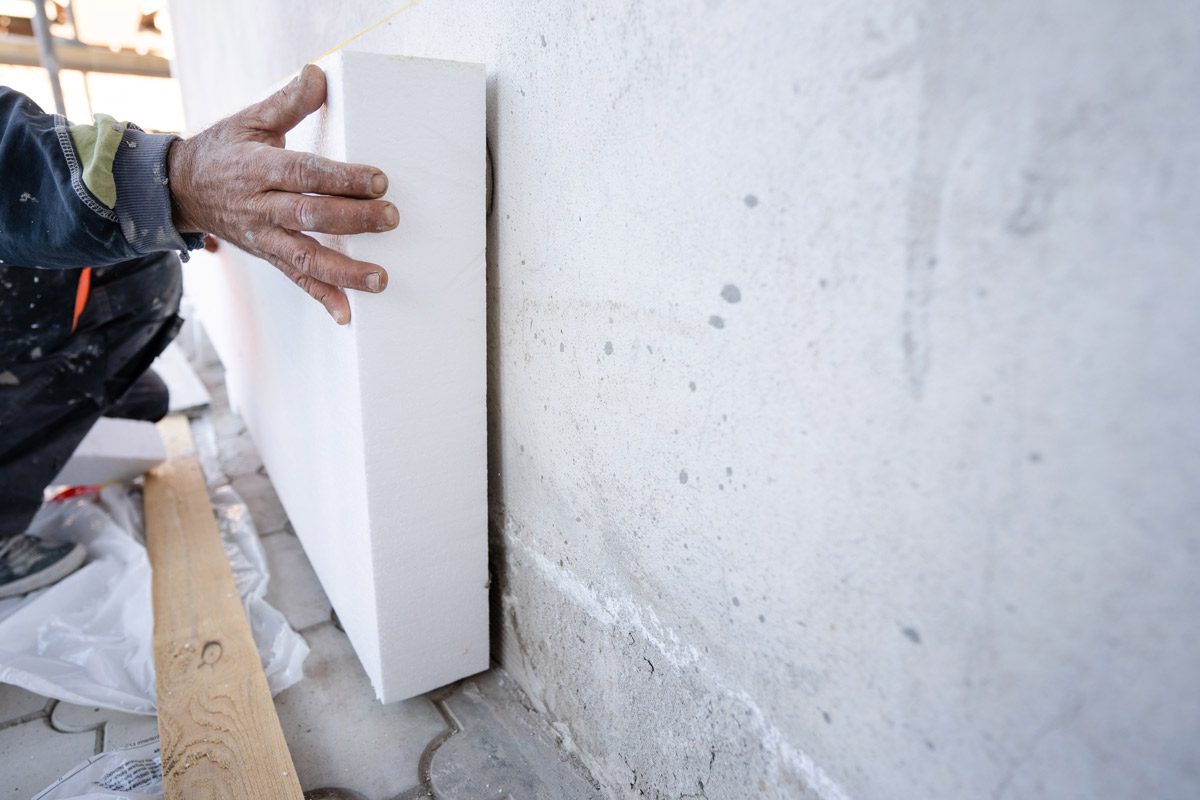
Increase Home/Building Energy Efficiency – Our homes and buildings use about 40% of our nation’s energy. To drive down energy use and GHGs, energy-saving plastic building materials can improve insulation performance (R-value) and limit unwanted airflow. Plastic building products – foam insulation, house wrap, window frames and caulks/sealants – play a crucial role in sealing a building’s “envelope “against heating and air conditioning losses, which saves energy and reduces GHGs.
Simply put, the global community cannot realistically meet its climate commitments without the help of plastics.
Lightening Environmental Footprint
As America’s Plastic Makers, we’re proud of what we do, for the reasons outlined above and more.
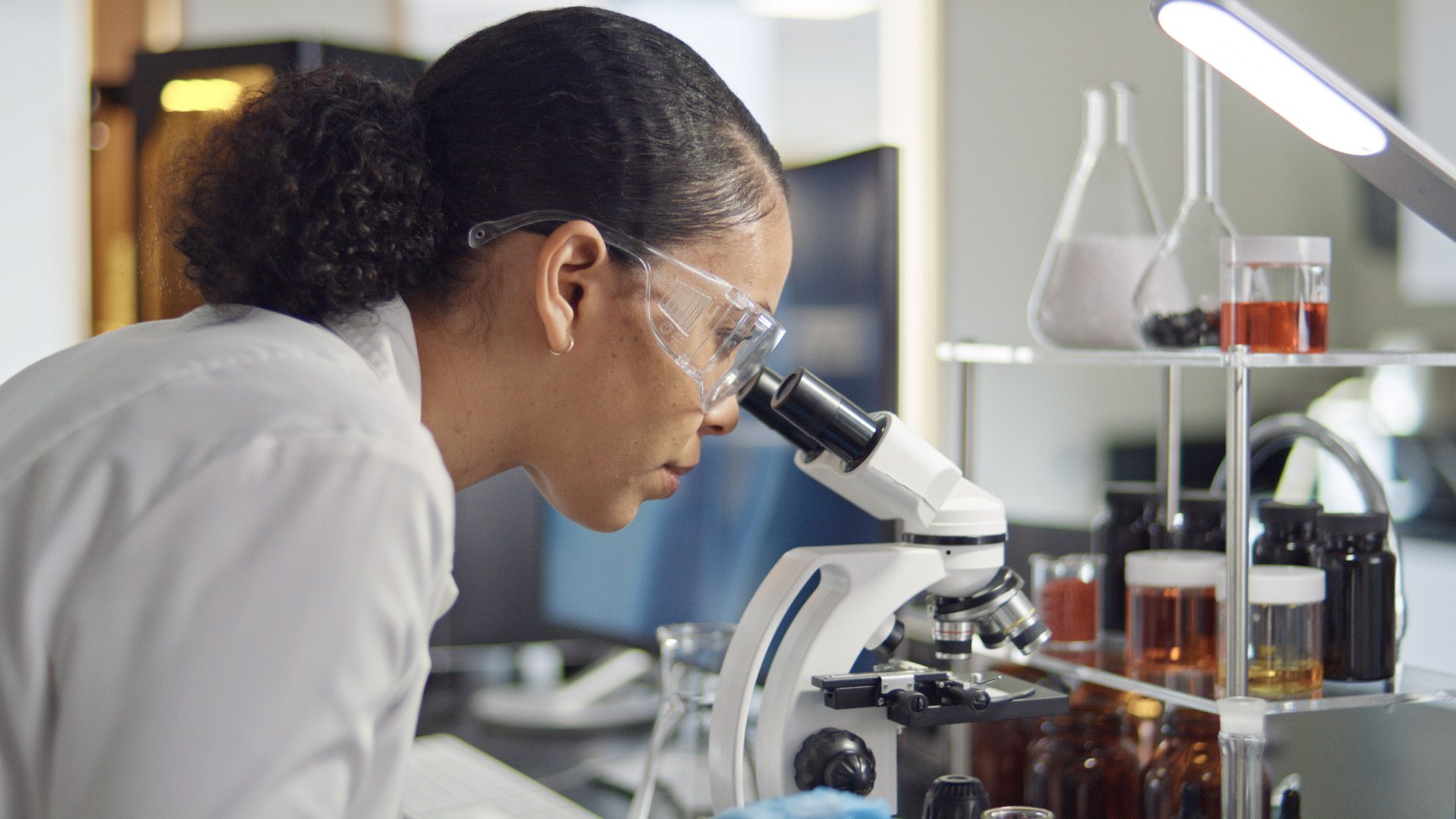
We also realize that making and using plastics leaves a footprint on the planet, like all materials. We’re taking concerted steps to reduce that footprint. We’re engaged in a robust strategy to reduce or eliminate waste and our carbon footprint. We’re reducing manufacturing emissions. Deploying advanced recycling technologies. Redesigning packaging and products for recycling and reuse. Using bio-based raw materials. And advocating for a global agreement to end plastic pollution.
In short, we’re making sustainable change in the way plastics are made, used and remade.
On Earth Day and beyond, let’s set aside glib slogans and commit to working together on our global transition toward sustainability.

